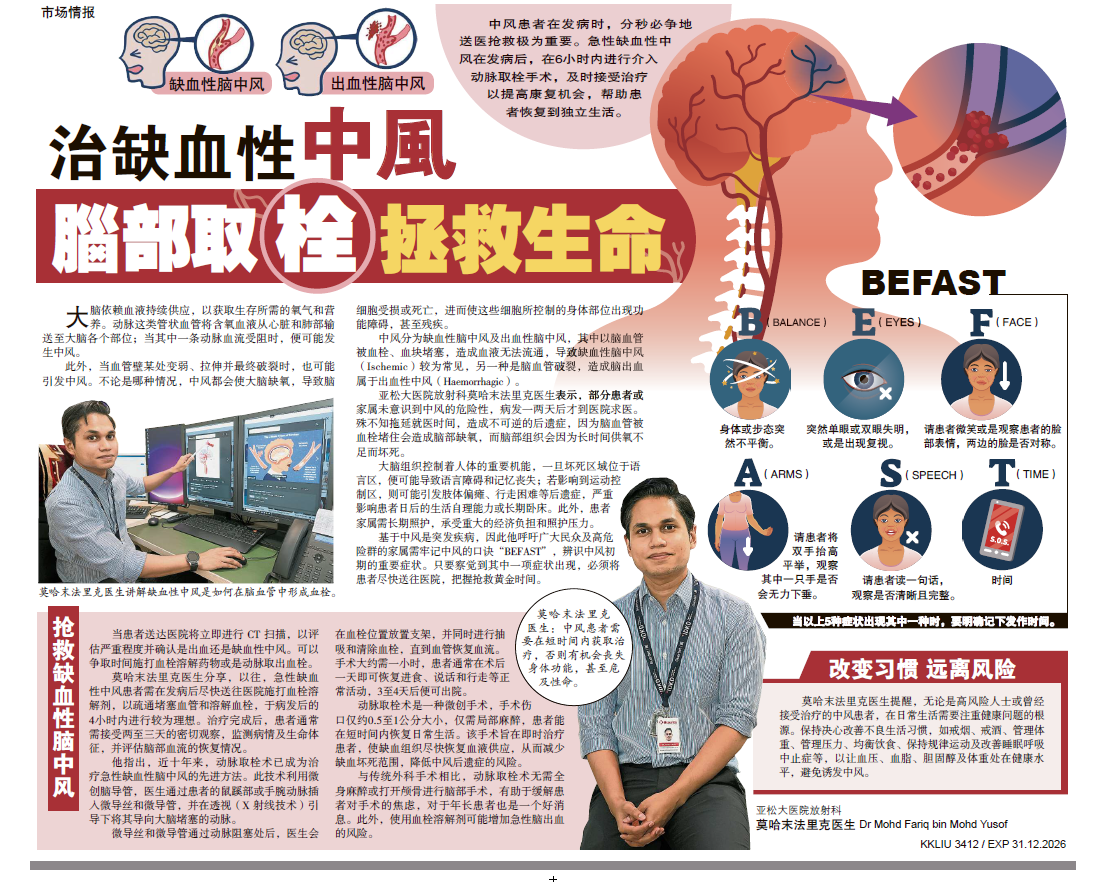Nosebleeds, medically known as ‘epistaxis’ that means ‘to drip upon’ in Greek, are so common that almost everyone would have experienced it at least once in their lifetime, usually as a child.
The most common cause of nosebleeds is trauma or injury. They can also be caused by:
- Abnormal nose structure such as a deviated septum
- Dry air that dries up the nasal lining
- Pressure in places of high altitude
- Environmental irritants such as cigarette smoke, chemical fumes
- Excessive use of alcohol or recreational drugs
- Blood disorders such as kidney failure or haemophilia
- Use of blood-thinning medications such as aspirin, ibuprofen or warfarin (for heart disease or hypertension)
Although nosebleeds are typically harmless, the sight of blood-stained clothes, school uniforms or books, even office documents in adults, can be alarming. There is also a lot of anxiety among people, especially the elderly, who experience frequent nosebleeds.
As such, it is not surprising that there are a lot of myths and misconceptions about nosebleeds. Here are some of the most common myths and the truths behind them:
Myth #1: Nosebleeds are the result of intra-cranial (brain) bleeding
Truth: It sounds unbelievable but many people actually thought that the blood oozing from the nose is coming from the brain. The bleeding point is usually located within the nose, either from the front part (anterior) or back part (posterior) of the nose. Nosebleeds happen because the inside of the nose is lined with many blood vessels. Unfortunately, the protective tissue covering these blood vessels is quite thin, which makes them susceptible to cracking or breaking when too dry or injured. Anterior nosebleeds happen in 90% of all cases, while posterior nosebleeds are more common among the elderly.
Myth #2: Nosebleeds are hereditary
Truth: Technically, nosebleeds do not run in the family. However, it is not unusual for a few family members to get periodic nosebleeds because they share the same living space such as a hot, dry and dusty environment. Consider investing in a humidifier in the home and remind family members especially children to avoid nose-picking that can injure the nasal lining.
Myth #3: Heatiness and hot, spicy food can cause nosebleeds
Truth: In slapstick Chinese comedies, young men sprout nosebleeds when sexy women walk past because of the sudden and drastic increase in their body temperature. Hot, spicy food that are thought to be ‘heaty’ are also believed to be culprits in causing nosebleeds. All these are exaggerated. The truth is that nosebleeds tend to happen more during hot, dry or hazy weather, as the nasal lining dries up and tends to crack or tear, leading to bleeding, not because of rising body temperature.
Myth #4: The severity of the nosebleed is determined by the amount of blood emitted
Truth: A child that comes back from school with an entire shirt bloodstained may appear to be chronic compared to one with just a minor nosebleed. However, the amount of blood loss is no indication of the severity of the condition. Frequent nosebleeds, regardless of amount of blood, should be referred to a doctor, who may consider whether to perform cauterisation to seal the wound. Frequent nosebleeds should be checked for nasal tumours, polyps, infections or clotting disorders.
Myth #5: High blood pressure causes nosebleeds
Truth: Hypertension does not directly cause nosebleeds, but people on hypertensive medications are sometimes more prone to nasal bleeding because of the medication’s blood-thinning action. If you have high blood pressure and find yourself having nosebleeds more often, do see your doctor for advice. You may need to readjust your type or dosage of blood pressure medications. The same applies to medications such as aspirin and nutritional supplements such as ginkgo.
Myth #6: Nosebleeds during pregnancy is cause for concern
Truth: Nosebleeds are actually a normal part of pregnancy because of hormonal imbalance. They will not affect the baby and do not indicate any abnormalities to the mother or growing foetus, apart from causing a great deal of distress and anxiety. Increased emotional stress can also cause nosebleeds because of the rise in blood circulation around the body and face area, whether or not one is pregnant, so stress and anger management are important.
What to do When Your Nose is Bleeding?
- Stay calm, sit down and breathe slowly. If a child is having a nosebleed, calm him/her. Getting stressed will frighten him/her into crying, which will place more pressure on the blood vessels and create more bleeding.
- Lean forward slightly and keep the head above heart level. Do not put head between legs or lie down. Leaning back will cause gagging as the blood will flow into the throat or sinus passageway. If you feel dizzy, lay down on one side, not on your back.
- Gently pinch the fleshy part of your nose with your thumb and forefinger for 5-10 minutes.
- If ice is available, wrap it in a clean cloth and place the ice pack on the bridge of the nose.
- Do not blow your nose or pick out dried bits of blood after bleeding stops.
- If the bleeding does not stop, see a doctor who may perform a nasal packing procedure with a tiny balloon and leave it in the nasal cavity for two days. This is to apply pressure on the bleeding site and stop the bleeding.
- Also see a doctor if you or your child are getting frequent nosebleeds. Your doctor will advise if you need to have the bleeding point cauterised (lasered).
FUN FACT!
Did you know that the highest (and naturally the cheapest!) seats at a stadium or concert hall are known as ‘nosebleed seats’? Located so high up and far away from the action that spectators need to strain themselves to see up front, nosebleed seats got their derogatory name from the assumption that the altitude is higher where they are seated!











